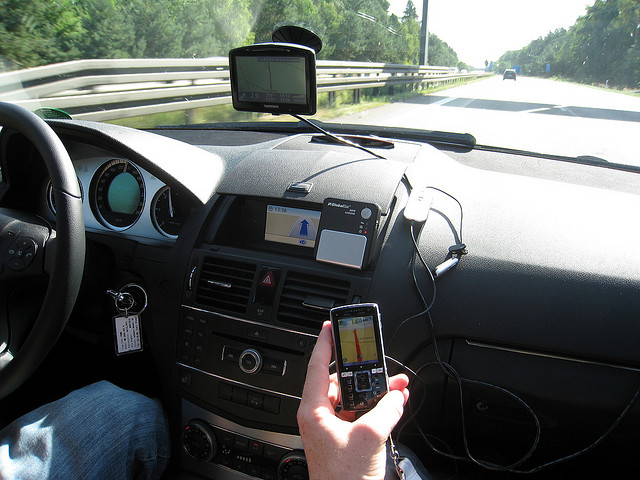1. Give yourself permission to take time to recover.
After a bad day, give yourself permission to take an evening or a day or two to bounce back. Sometimes we just push through emotional pain without taking the time to have a period of emotional recovery. I’m not talking about months, I’m taking about a few days.
2. Spend some time in silence.
Decompress by reducing noise and other excess stimulation. Take a few minutes without the TV on.
3. Take a long bath or shower.
Use the heat of the water to soothe your adrenalin soaked muscles. Use a peppermint soap or any other mild, natural scented soap that helps you feel calmer and refreshed.
4. Do something routine but not unpleasant.
Sometimes it’s nice to come home and cook after a bad day. Other people might choose to do laundry or weed their garden. Anything that requires “singletasking” is often a good way to feel like you’re moving forward after a bad day but also like you’re moving forward emotionally.
5. Don’t make any snap decisions.
Sometimes it feels like the issue needs to be sorted out right now. Usually it doesn’t. Tolerate the uncertainty and it not being all worked out and finalized yet vs. run the risk of making an impulsive decision you might regret later.
6. Call a friend, but not for a marathon chat.
Talking to a friend after you’ve had a bad day can be a great thing to do. However, don’t spend an hour talking about what has happened. You can briefly mention what’s going on but then move on to other topics. A positive distraction is usually a better idea than wearing out your welcome mat with your friend. Other people usually have things going on in their lives too.
If you want company, consider asking a friend to come over to watch a movie or something else low stress.
7. Allow yourself to feel whatever you’re feeling, but believe those feelings will pass.
Whatever you’re feeling, whether it be angry, anxious, guilty or depressed, allow yourself to feel whatever you feel. However you should also expect that those feelings will naturally pass.
8. Eat what you like, but don’t binge.
If you’re craving carbs due to stress, go for it. However don’t binge or overeat. Make popcorn, eat a grilled cheese sandwich for dinner, or munch throw a whole tub of hummus. I often crave salty carbs if I’ve had a really bad day and no harm ever comes of it.
9. Do what’s right for you in terms of alcohol.
Some people I know swear by a glass of wine to help them calm down and relax after stress. A few of my closest friends use this as a coping strategy but only very occasionally. For me, a glass of wine wouldn’t improve the situation. Know what’s right for you.
10. Take it easy for a few days after your bad day.
You don’t want to grind to a halt in terms of productivity after a bad day. However, you do want to let yourself naturally recover. Find a balance between staying active / productive and allowing time for recovery. Long walks can be good vs. other types of strenuous activity – again know what works for you. Are you a long walk person or do you prefer to get your mojo back with a hard out zumba class? For me, I will for for a long walk or swim but there would be no way I’d have the willpower to energy to get myself to an exercise class or the gym.
photo credit: rafiq s via photopin CC.









